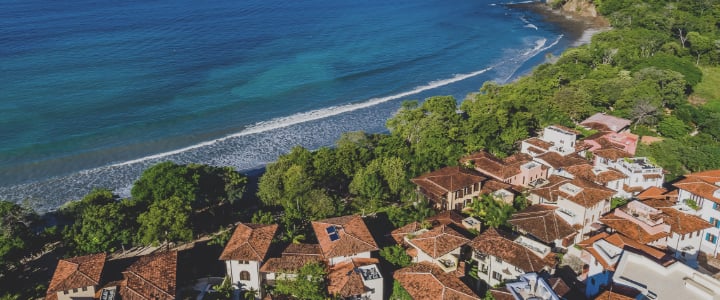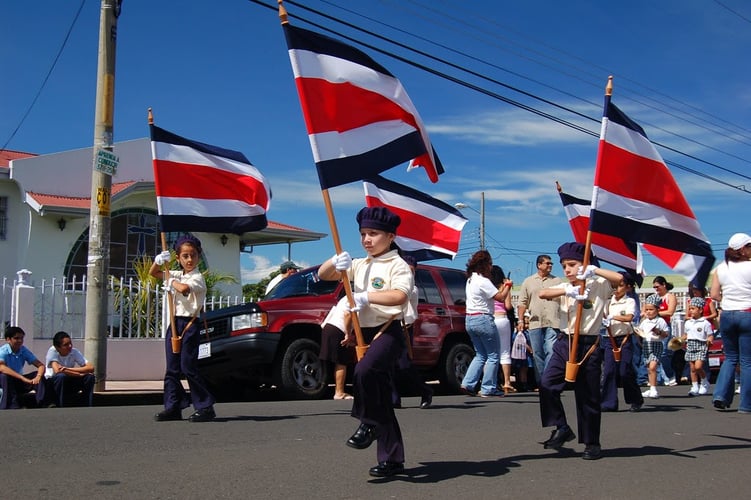Where to See Whales, Dolphins, and Manatees in Costa Rica
Almost 25 species of whales, dolphins, and manatees can be found offshore of Costa Rica, with different species found in the Pacific, Caribbean, and mangroves around the country. These animals come in many shapes, sizes, and groups, ranging from the manatees found in the country’s mangroves to the dolphin super-pods off of the Osa Peninsula, and all the way up to the 50 foot long humpback whales found off of both of the country’s coasts.
A trip around Costa Rica brings new towns, microclimates, foods, ecosystems, and activities with each stop along the way. If you’re close to the coast, each stop also brings the possibility to see some of these different species in their natural habitat, either through diving, whale watching, or even on personal watercraft. From Nicoya to Limón to Osa to Guanacaste, here are a few places to see dolphins, whales, and manatees in Costa Rica, and a few ways to do it.
Osa Peninsula (South Pacific Coast)
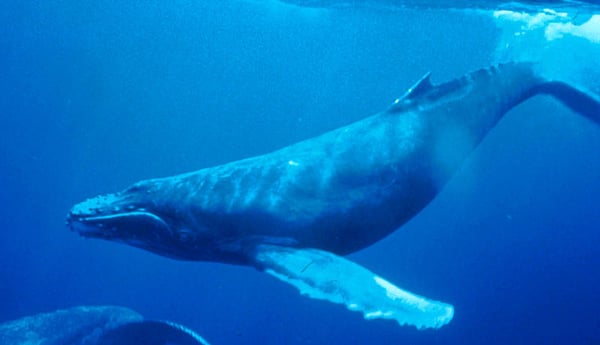
What You Can See: Pilot Whales, Pseudo Orca Whales, Bottlenose Dolphins, Spinner Dolphins, Spotted Dolphins, Common Dolphins, Rough-Toothed Dolphins, Humpback Whales
The Region: The Osa Peninsula and the surrounding waters are the host for one of the country’s hotbeds of whale watching. This part of the country features five species of dolphin, which often appear in the exceedingly rare dolphin super-pods, and also features three species of whale, including the longest humpback season in the country.
The Experience: Trips depart from Drake Bay and Caño Island among others, search the area for dolphins and pods of humpbacks, which are more common during July to November and December to March. The waters between Drake Bay and Caño Island are often populated with pods of humpbacks and dolphins, and in rare cases these waters feature sightings of dolphin super-pods.
Limón to Puerto Viejo (South Caribbean Coast)
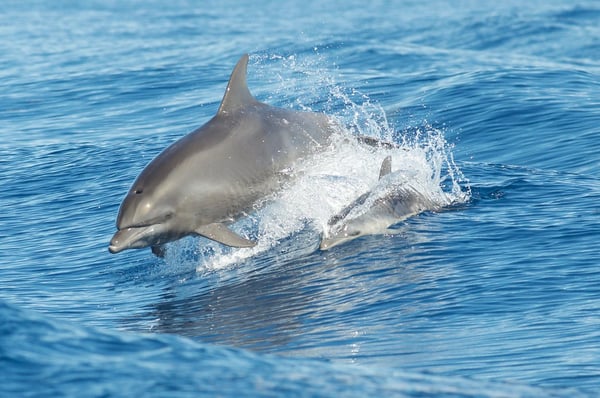
What You Can See: Bottlenose Dolphins, Humpback Whales (rare)
The Region: The Caribbean coast from Limón down to Puerto Viejo has a prominent bottlenose dolphin population, which are easy to spot traveling in pods offshore thanks to their playful nature and tendency to leap from the water into the air. There are also scattered opportunities to see humpback whales here as they migrate down from the cold waters of the North Atlantic, but they tend to be found far offshore
The Experience: The primary creatures to spot in this region are bottlenose dolphins, who tend to be naturally curious and playful around all forms of watercraft. Keep an eye on the water when cruising along the Caribbean coast to find them.
Ballena National Park (Mid Pacific Coast)
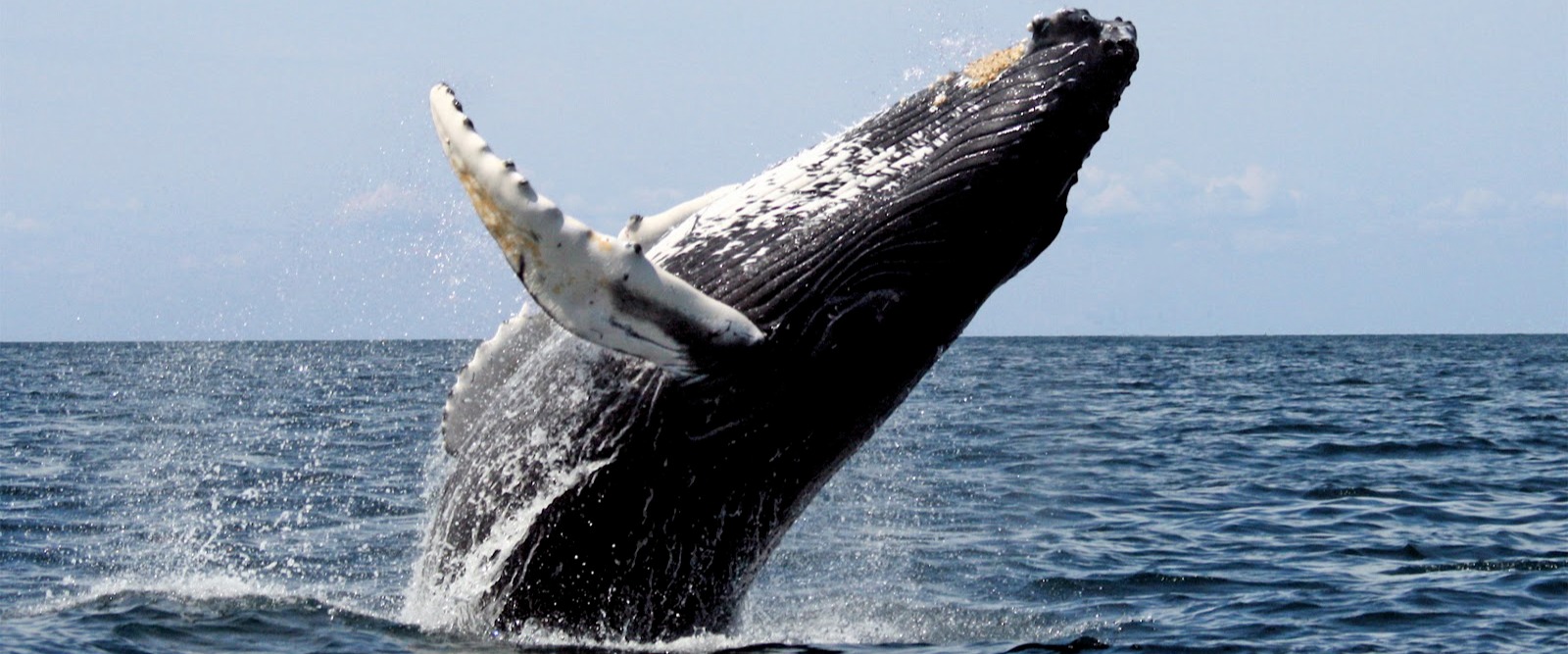
What You Can See: Spotted Dolphins, Common Dolphins, Spinner Dolphins, Bottlenose Dolphins, Humpback Whales, Pseudo-Orca Whales, and Pilot Whales
The Region: Most species of dolphin, as well as the pseudo-orcas and pilot whales, are present in the area year round. The migratory humpback whales tend to stay in these shallow warm waters for a while as well, and can be found in the area from August to October as well as December to April.
The Experience: Ballena National Park carefully regulates all whale watching in the area to ensure a safe, enjoyable, and sustainable experience for both visitors and wildlife. Trips depart from the national park daily, cruising out to see the park’s iconic whale tail land formation as visitors search for the 7 species of dolphin that can be found in the region’s waters. Humpback whales are known to be particularly active in this region, sometimes breaching in waves out of a pod of 8 or more individuals.
Tortuguero National Park (The North Caribbean)
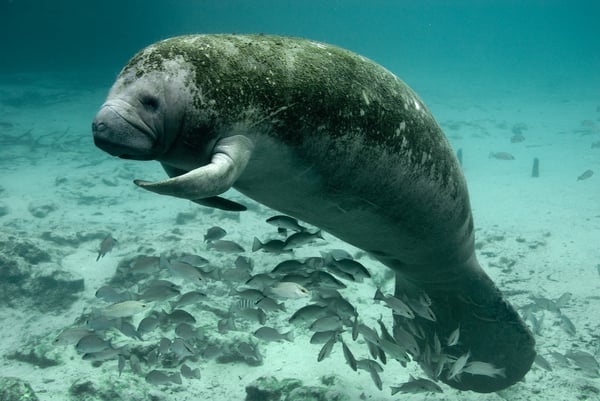
What You Can See: Manatees
The Region: The canals and lagoons of Tortuguero National Park are the home to a large, rare, peaceful, and slow moving creature -- the manatee. There are a few spots on the Caribbean coast where manatees make their home, but Tortuguero has the largest population of these recovering species.
The Experience: Manatees can be scared off by motorized vehicles, so the best way to encounter these aquatic mammals is aboard a kayak, paddle board, or other personal watercraft. These slow-moving creatures are generally docile and not threatened by people, meaning that it’s possible to sit and observe from a safe distance as they peacefully graze on aquatic plants.
Guanacaste (North Pacific Coast)
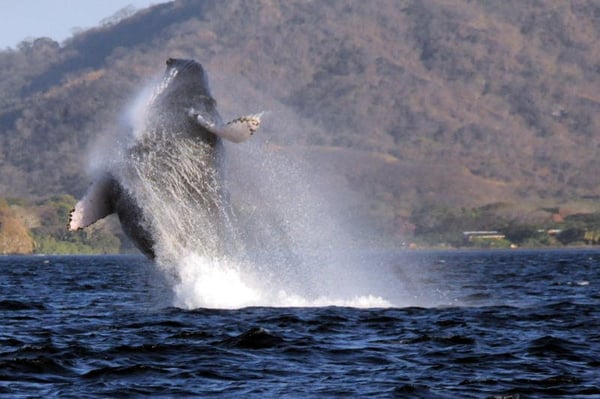
What You Can See: Spinner Dolphins, Bottlenose Dolphins, Common Dolphins, Humpback Whales, Pilot Whales, False Orcas, Orcas (rare)
The Region: The north pacific coast is an international haven for surfers, and plays home to three species of dolphin that can be spotted throughout the year. The best time to visit to spot whales and dolphins is during migration season (August – October and December – April), when the humpback whales are moving through the area, moving so slowly that it’s sometimes possible to observe them at a safe distance on a kayak or paddle board
Experiences: Located in Las Catalinas, ConnectOcean offers their Open Ocean Explorer program throughout the year, where guests set out on a vessel to learn about the ecosystem of the open ocean and how it can be protected as they search for sea life offshore. During humpback season, this is an educational and environmentally conscious way to spend a day on the ocean and potentially encounter these creatures.
Planning Your Next Trip
Each part of the coast of Costa Rica has options to see some of the many different whales, manatees, and dolphins that can be found in the country’s waters. It’s an interesting set of sea creatures to keep an eye out for next time you’re traveling around the coast of Costa Rica.
If you’re looking to plan a trip around the country, the Beach Town Travel team at Las Catalinas can make recommendations for each step along the way, and welcome you home in style when you arrive in Guanacaste.

